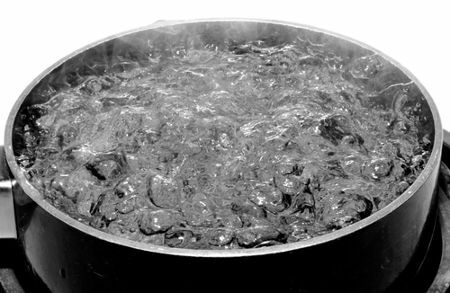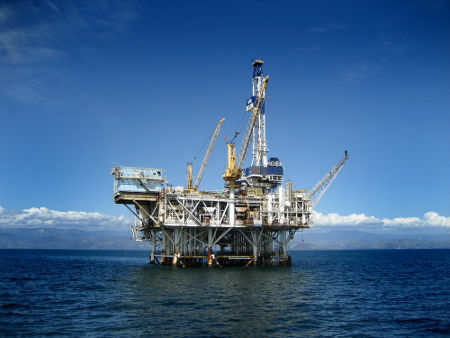Something very common in our day to day are the transformations that water can undergo. Want to see some examples? When we put liquid water in ice cube trays and take it to the freezer, it changes to a solid state. When we leave the bathroom floor wet after showering, after a while, the floor dries out as the water turned to steam.
See what transformations water or any other matter can undergo:
Fusion (transition from solid to liquid state);
Solidification (transition from liquid to solid state);
Vaporization (transition from the liquid state to the gaseous or vapor state);
Condensation (transition from the gaseous or vapor state to the liquid state);
Sublimation (transition from solid to gaseous state);
Resublimation (transition from gas to solid state).
In this text, we will address a specific form of physical state transformation: a vaporization. The examples proposed above are related to water, but it is worth remembering that vaporization or any another transformation can happen with any other matter (everything that occupies space and has pasta).
Vaporization it is the passage of a material from the liquid state to the vapor or gas state when the liquid material is subjected to a sufficient amount of heat to promote this transformation. As each material has a different boiling point, each turns into vapor or gas at a specific temperature.
There are three forms of vaporization. In all of them, we take into account the speed and the heat source used to promote the transformation. To illustrate well the ways in which vaporization takes place, let's use water as an example.
The types of vaporization are:
Evaporation;
Boiling;
Heating.
The termevaporation defines vaporization that happens slowly, that is, it takes time to happen and depends exclusively on the heat present in the environment. An example of evaporation in our daily lives is when we put clothes to dry on the clothesline. The water changes to a vapor state because of the heat of the environment, but in a very time-consuming process.

The water in a lake, when receiving heat from the environment, undergoes the process of evaporation
we call boiling the vaporization that occurs at a speed greater than the evaporation and through an alternative heat source, that is, other than the environment, such as a stove flame. An example of vaporization is when we are taking a shower using an electric shower. As the shower heats the water, and not the environment, we consider the water to go through a boiling process.

Water in the pan receiving heat from the stove flame
already the heating is the vaporization that occurs instantly, that is, very quickly, being influenced by a alternative heat source other than the environment, but with a very intense amount of heat and high. An example of heating is when the iron is very hot with a wet garment. It is common to hear a noise (“tsiii”), which characterizes the rapid vaporization of water, or rather, its heating.

When a drop of water falls into a very hot oil, it is heated
By Me. Diogo Lopes Dias



